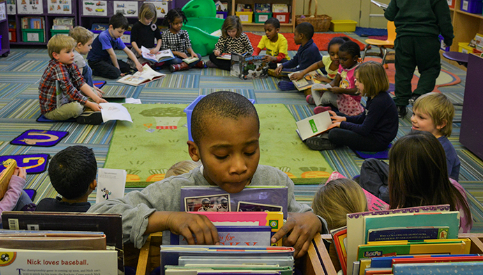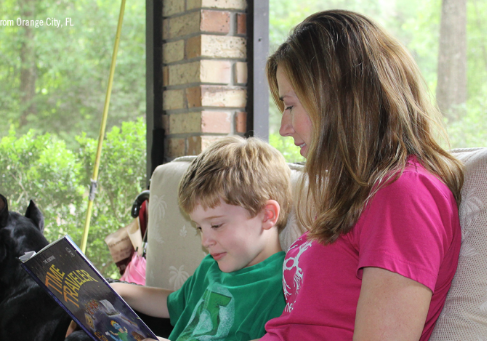Rereading is a powerful yet often overlooked strategy in education. Far from being repetitive or boring, rereading helps learners deepen understanding, build confidence, and strengthen long-term retention. Encouraging rereading for mastery can transform surface-level learning into meaningful comprehension. Here’s how educators and families can make this practice both effective and enjoyable.
Highlight the Benefits of Rereading
Help students understand that mastery doesn’t come from a single read-through. Explain how rereading can uncover new ideas, clarify confusion, and reinforce memory. Just like rewatching a favorite movie reveals overlooked details, rereading enriches the learning experience.
Model Rereading as a Lifelong Strategy
When adults demonstrate rereading—whether revisiting a challenging article or going back to favorite literature—it normalizes the habit. Talk about how rereading helped you understand something better or see it in a new way. This builds trust in the process.
Choose Engaging, Purposeful Texts
Not all texts lend themselves to rereading. Select materials that offer layers of meaning, interesting vocabulary, or challenging concepts. Poetry, nonfiction articles, and classic stories are great for encouraging multiple reads with fresh perspectives.
Set Clear Rereading Goals
Guide students to focus on a new purpose each time they revisit a text. For instance:
- First read: Understand the main idea
- Second read: Focus on structure or vocabulary
- Third read: Analyze tone or author’s intent
This purposeful approach gives direction and keeps rereading fresh and relevant.
Make It Interactive
Use annotation, discussion prompts, and reading journals to enhance the rereading experience. Encourage students to highlight new insights, ask questions, and connect the reading to their own lives. These activities make rereading active, not passive.
Praise Persistence
Recognize the effort it takes to reread, especially for reluctant readers. Celebrate growth over time and acknowledge the reader’s dedication to mastering content. Positive reinforcement fosters motivation and a sense of achievement.
Integrate Rereading into Daily Practice
Make rereading part of the regular classroom or homework routine. Use morning warm-ups, station work, or end-of-week reviews as natural opportunities to revisit texts. This builds fluency and reinforces learning without feeling forced.
Final Thought
Rereading isn’t about repetition for its own sake—it’s about discovery, reflection, and mastery. With encouragement and structure, students can embrace rereading as a valuable habit that supports lifelong learning.






